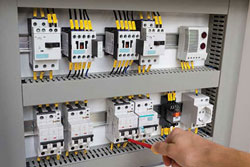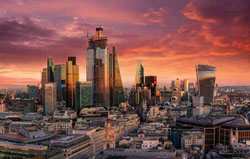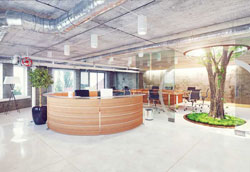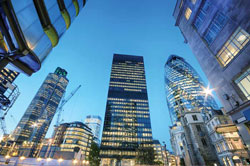Electrical Compliance – Quality And Safety Are Being Swept Aside By Cost-Cutting
By Ian Carnall, Managing Director of Guardian Electrical Compliance Ltd
Electrical compliance is a legal duty, as specified within the Electricity at Work Regulations 1989 (EaWR). Unfortunately, far too many duty-holders see this an obligation that must be dealt with as quickly and cheaply as possible, leading to a box-ticking, corner cutting attitude to compliance.
Hybrid Heating – A Practical Response For Refurbishing Environmentally Unfriendly Facilities
By Bill Sinclair, technical director, Adveco
According 2019 figures issued by the Department for Business, Energy and Industrial Strategy (BEIS), heating, cooling, ventilating, and providing hot water and lighting for the built environment makes business the third largest emitter, at 17%, of greenhouse gasses in the UK. To secure climate-neutral building stock by 2050, facility managers desperately need help to achieve practical and cost-effective sustainability.
The Importance Of Indoor Air Quality
By Hern Yau, Product Manager from Mitsubishi Electric
With the average Brit spending 90% of their day indoors, it is not only a legal requirement that business owners ensure they provide employees with sufficient fresh air, there is also a business benefit to it as well. In this article, Hern Yau, Ventilation Product Manager from Mitsubishi Electric discusses the importance of delivering an optimal working environment that not only encourages business performance but gives building occupants a safe environment in which to work.
Opposites Attract: What Offices And Hotels Should Have In Common
By Tom Carroll, Head of EMEA Corporate research, JLL
Skyscrapers have long been a popular fixture within the cityscape, with their breath-taking views attracting thousands of visitors each year. Though often architecturally and panoramically distinctive in their own right, the most successful attractions are constructed, marketed and advertised as unique, one-of-a-kind experiences for height-hunting tourists. The revenue growth and visitor intake of New York’s Rockefeller Centre, for instance, escalated steeply following the installation of its Top of The Rock Observatory in 2005, its annual intake of three million people and minimum $36 entry charge demonstrating how a building can master the ‘art of attraction’.



























































